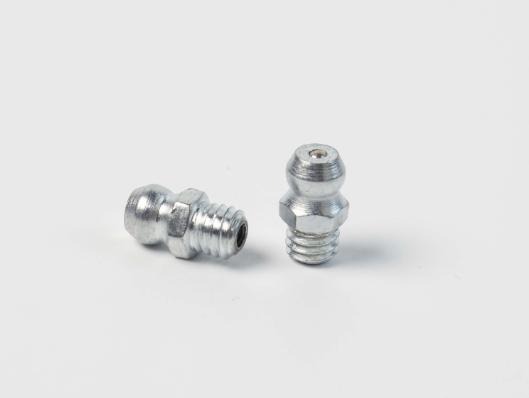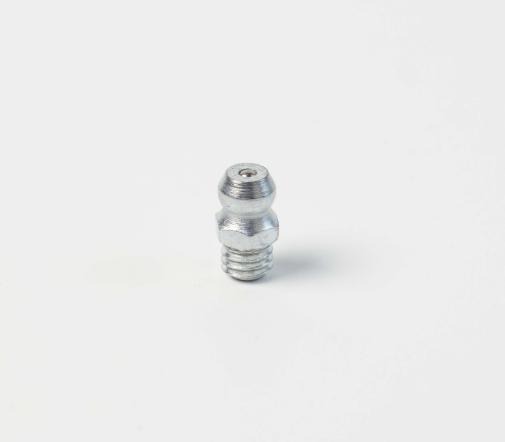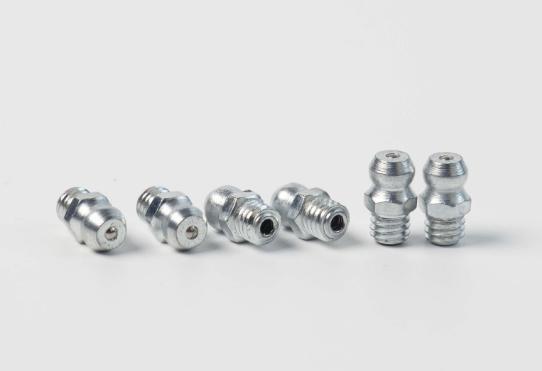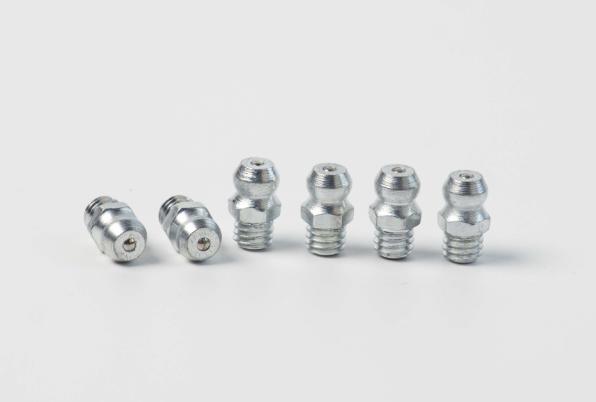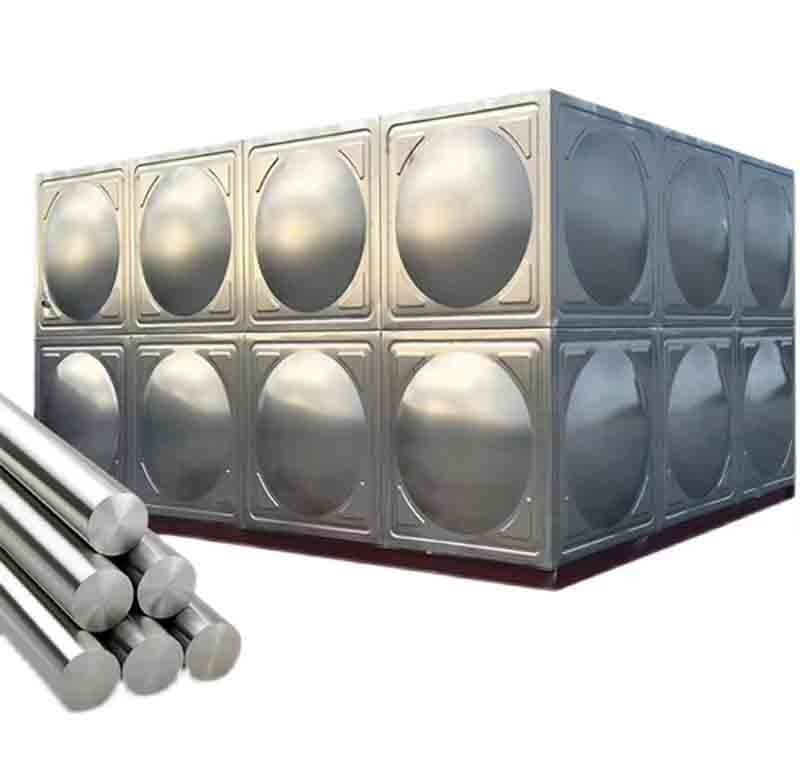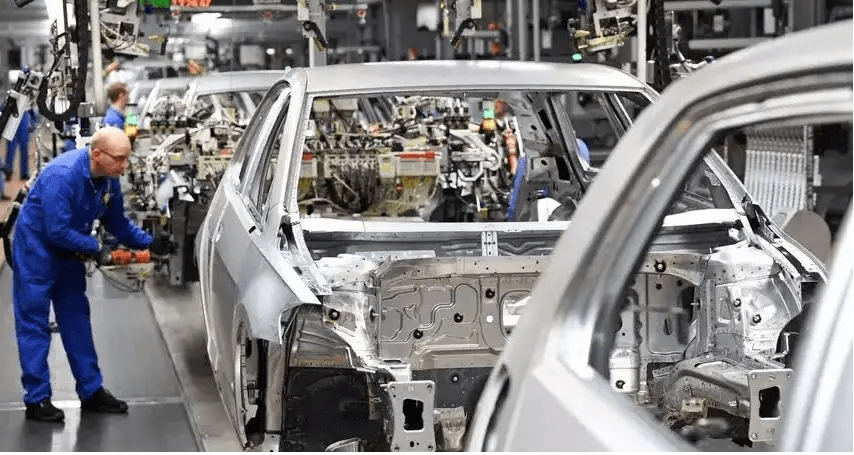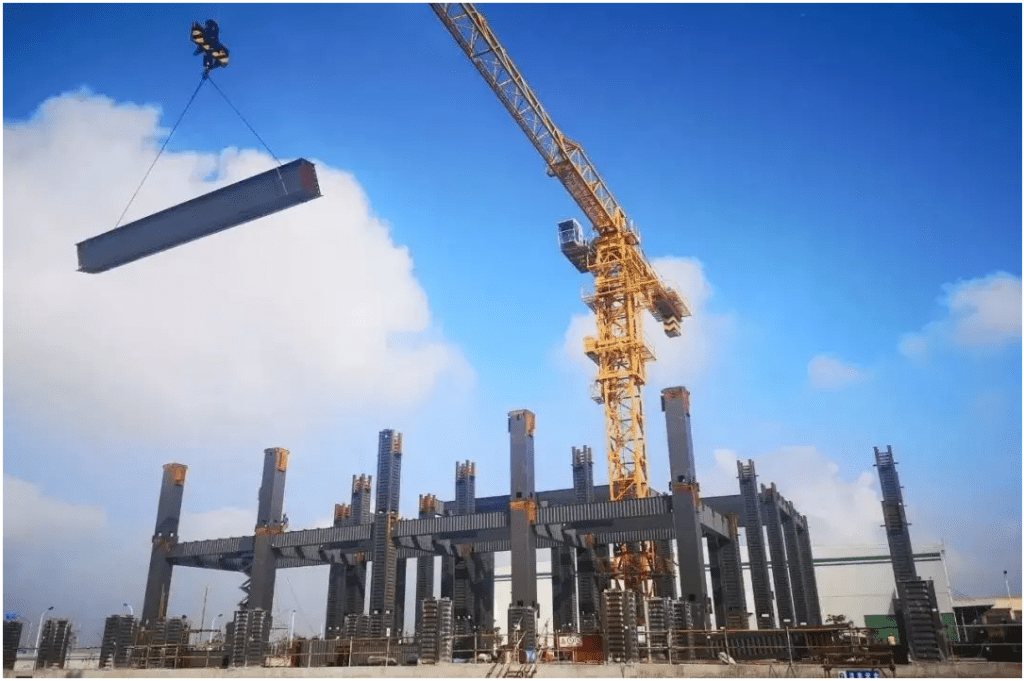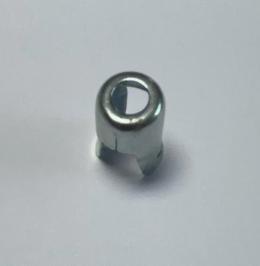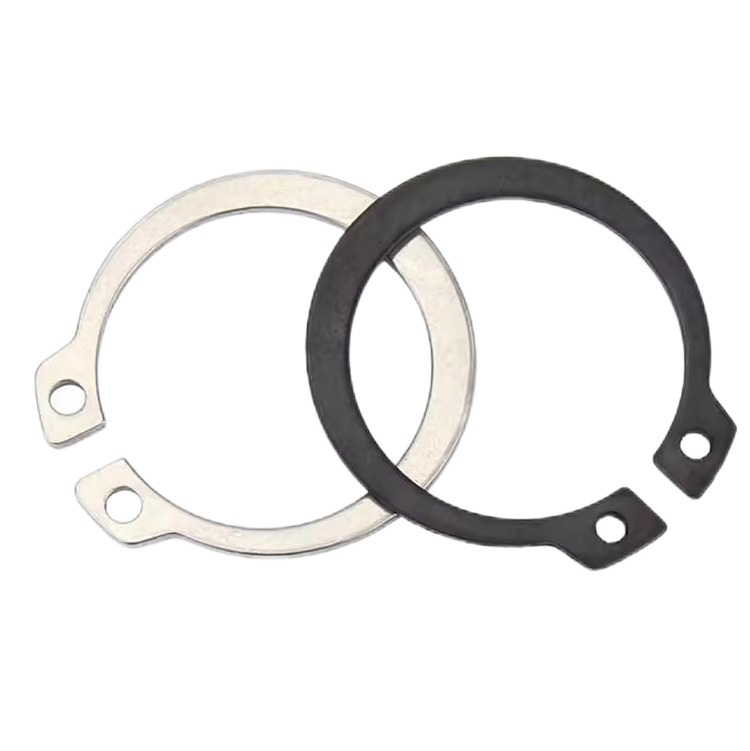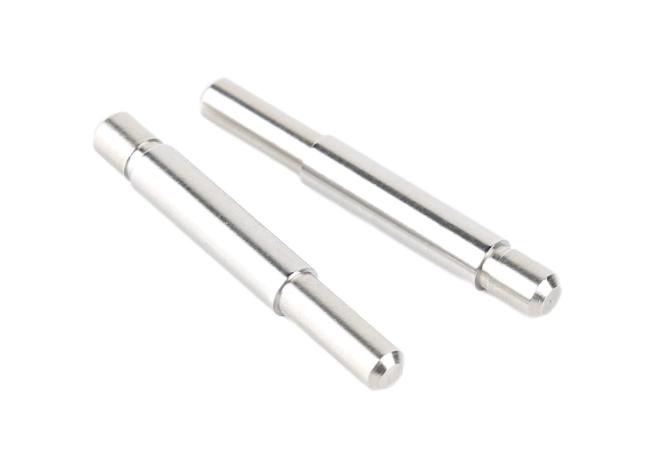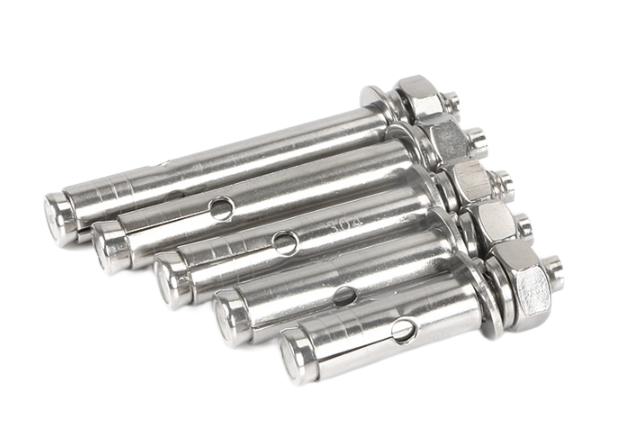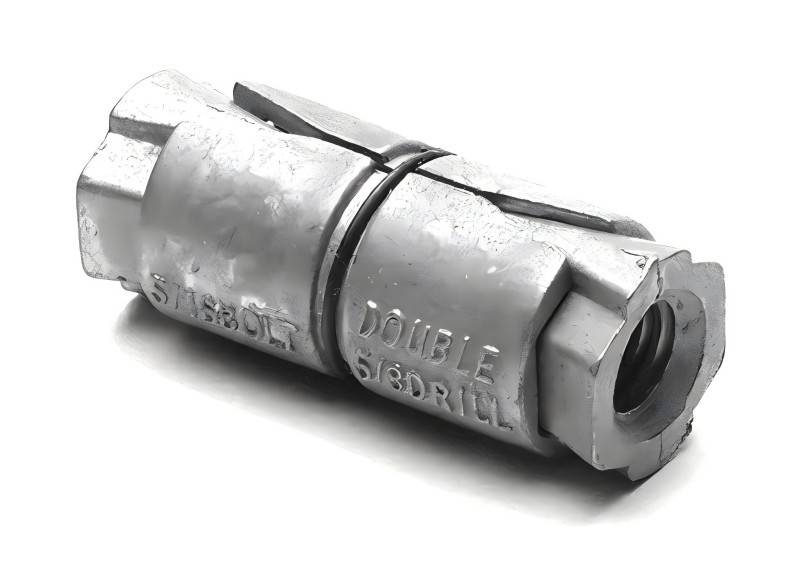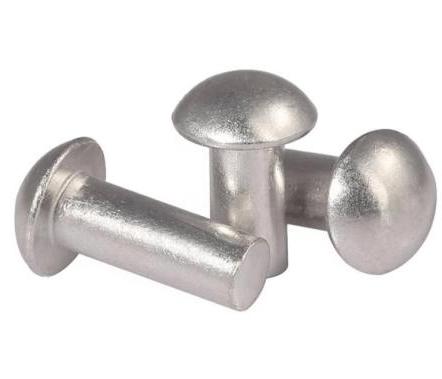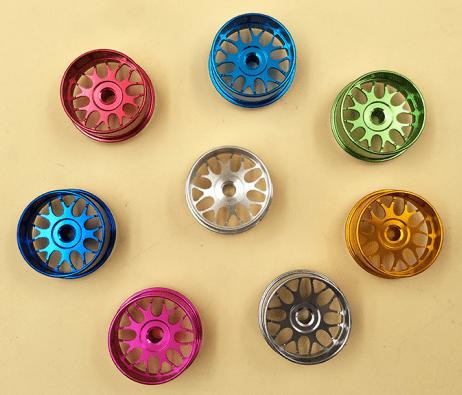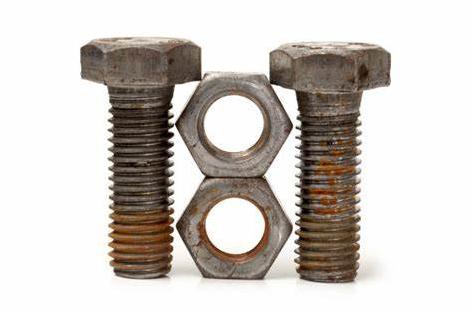Stainless Steel Nozzles
- Aperture Specifications: Common ones include 0.3mm, 0.4mm, 0.5mm, 0.6mm, 0.7mm, 0.8mm, 1.0mm, 1.1mm, 1.2mm, 1.3mm, 1.5mm, 2.0mm, 2.5mm, 3.0mm, 3.5mm, 4.0mm, etc.
- Connection Sizes: Such as thread specifications like M6×1, M6×0.75, and other special connection sizes designed according to different equipment and usage requirements.
Materials of Stainless Steel Nozzles
- 304 stainless steel: It features good corrosion resistance, high-temperature resistance, and workability. As the most commonly used material for stainless steel nozzles, it can resist oxidation and corrosion in general environments and is applicable to industries such as food and beverage.
- 316 stainless steel: With the addition of molybdenum, it has better corrosion resistance compared to 304, especially against highly corrosive media like chlorides. It is often used in harsh environments such as the chemical and marine industries.
- 201 stainless steel: It has a relatively low nickel content and a lower cost. It has certain corrosion resistance and strength and is suitable for some ordinary industrial or civilian applications where the requirement for corrosion resistance is not extremely high.
Surface Treatments of Stainless Steel Nozzles
- 8K Mirror Finish: This treatment gives the nozzle surface a mirror-like gloss. It is not only aesthetically pleasing but also easy to clean, as it is less likely to retain substances such as oil. It is commonly used in kitchenware, beverage equipment, etc.
- Electroplating: Metals such as chromium and nickel can be electroplated onto the nozzle, further enhancing its corrosion resistance and wear resistance. At the same time, it makes the surface smoother, effectively preventing rust and corrosion of the nozzle.
- Passivation Treatment: A passivation film is formed on the surface of the nozzle, enhancing its corrosion resistance and antioxidant capacity, which is suitable for various industrial and civilian environments.
Manufacturing Process of Stainless Steel Nozzles
- Cutting and Blanking: Processes such as laser cutting are used to cut stainless steel sheets or pipes into the required size and shape, with smooth and burr-free cut surfaces.
- Forming Processing: The cut stainless steel materials are processed into the basic shape of the nozzle through processes such as stamping, stretching, and bending.
- Welding and Assembly: For some nozzles that need to be assembled, welding processes are used to connect various components together, ensuring a firm connection and good sealing.
- Surface Treatment: The formed nozzles are subjected to corresponding surface treatments, such as 8K mirror finish, electroplating, passivation, etc.
- Quality Inspection: Quality inspection of stainless steel nozzles is carried out through means such as appearance inspection, dimensional measurement, and sealing test to ensure that the products meet relevant standards and usage requirements.
Application Fields of Stainless Steel Nozzles
- Kitchenware: For example, the nozzles of stainless steel oil pots can accurately control the amount of oil output and prevent dripping, ensuring precise use of oil during cooking and keeping the kitchen clean.
- Mechanical Industry: In the lubrication system, it is used to deliver lubricating oil to various parts of mechanical equipment, ensuring the normal operation of the equipment and reducing wear.
- Automotive Manufacturing: Components such as fuel injection nozzles in automobile engines require stainless steel nozzles to precisely control the fuel injection volume, achieving efficient combustion of the engine and energy conservation and emission reduction.
- Food and Beverage Industry: It is used in filling equipment for liquid seasonings such as cooking oil, soy sauce, and vinegar, as well as in the metering and filling processes of the beverage production line, ensuring product hygiene and quality.

